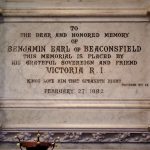The second abbey visit from my wanderings to Dartmoor. This is a complete and utter contrast to my meanderings around Buckland Abbey (you can read about that here). As I arrive can’t work out whether it sits in its own village or is part of the town of Buckfastleigh. The view as I drive in is dominated by the tower of the abbey from which, I imagine, the whole of Buckfastleigh may be seen.
As most abbeys lost their wealth and land because they were dissolved during the Reformation, it was surprising to learn that this was still an active and clearly wealthy monastery. Whereas Buckland Abbey had been sold to someone who converted it to their home, Buckfast was an active place of living and worship.

It has a long history dating back to 1018AD when there was a Benedictine abbey here. By 1150 it had become a Cistercian monastery. It remained so until the dissolution of monasteries during Henry VIII’s reign in 1539. After centuries of decay and rotting the Abbey was to be built again as some monks from France found their way to the site in 1882. The present church was consecrated in 1932 which is evident in that the church looks relatively new. Silly me, I thought I was on my way to see an 11th century building. The whole complex (living quarters for monks as well) is now part of an international organisation.
Upon inspection, the organised layout gave an aura of corporate and commercial management but that is not to say that a fee was demanded for entrance. I was immediately directed into a new looking information centre. Clearly there was some money being made somewhere and somehow. Has this got anything to do with the tonic wine that is produced here? Although I didn’t understand the need for this centre, much of the information gleaned there is quoted above. It also gave me a view of the monks who were, ostensibly, there to assist the tourist. Perhaps it is not the way I think of monasteries, but it was interesting to see two monks debating and trying to work out how to use a single mobile phone!! They were hardly millennials but were trying to embrace the technology.
Upon leaving the exhibition and getting the customary outside photos, I immediately headed into the abbey. Unlike some of the recent cathedrals and churches I have visited it had a rather dull and spartan looking interior. This is in no way meant to be offensive – it was just that it wasn’t that impressive. The only nice part of the ceiling was roped off and inaccessible. So, took a couple of shots and left without spending more than 10 minutes inside. Perhaps I discovered that not all abbeys are blessed with amazing architecture and craftsmanship as seen in many other buildings up and down the country.

So I left the abbey neither impressed nor inspired. The visit took place in October and this may explain why it has taken me so long to write this blog. It’s amazing to think how a little bit of commercialisation, professionalism and advertising can entice people to a place. Everyone is entitled to their own opinion and I wouldn’t begrudge anyone making the effort to visit this place, but I believe on doing so you will be disappointed.
Buckfast, England, United Kingdom








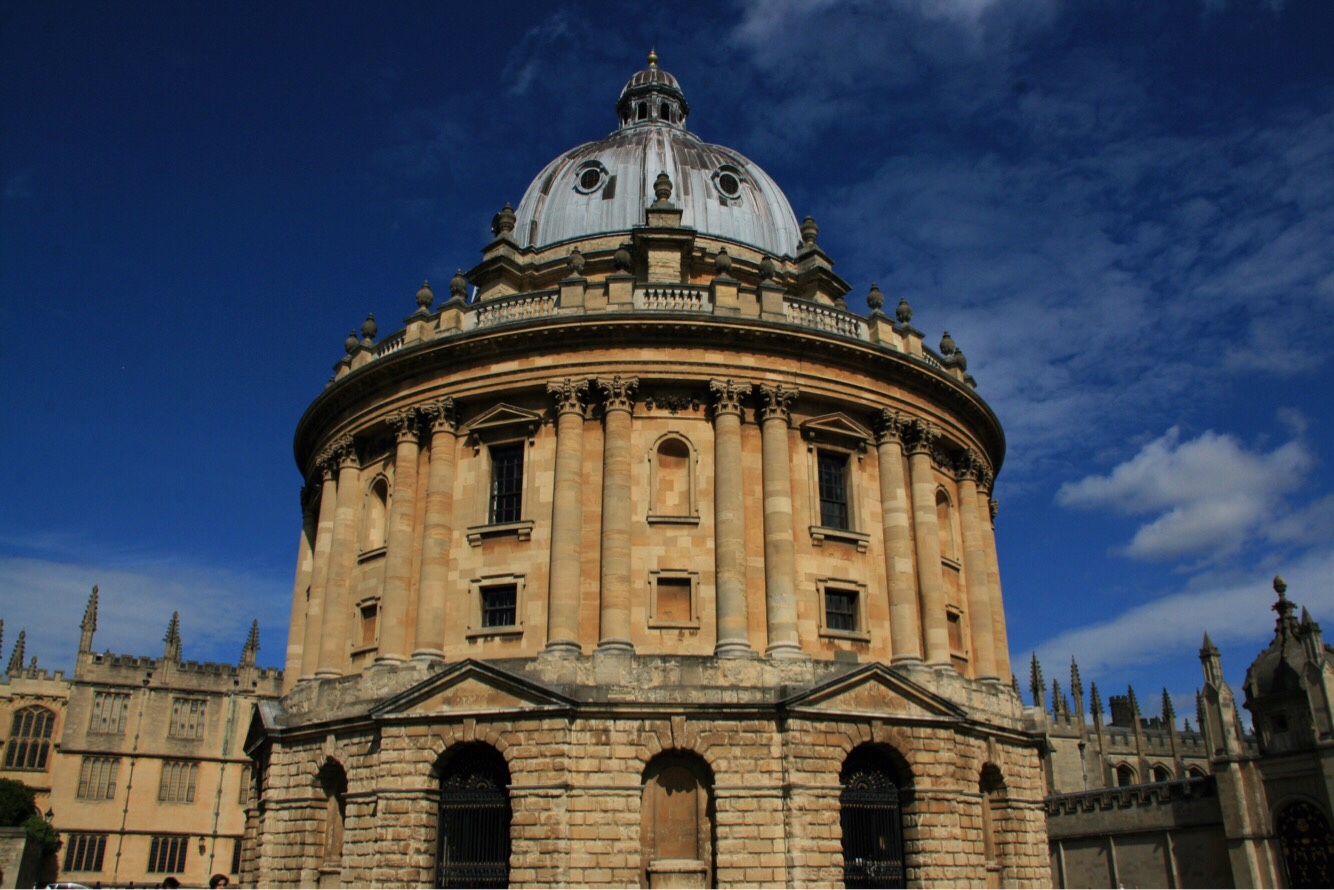

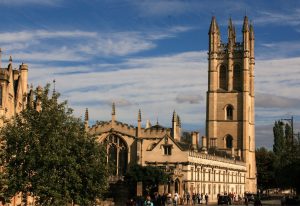
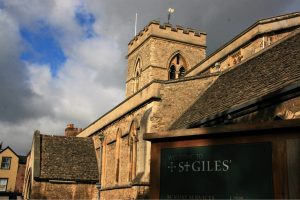





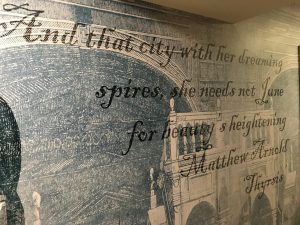

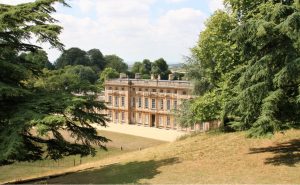


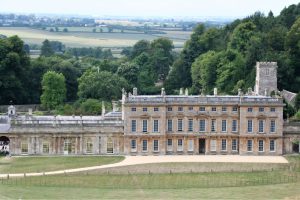


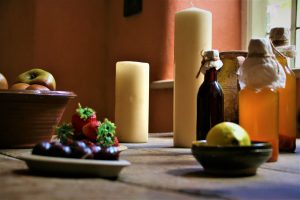
 My latest
My latest 
 blue bells awash the ground like an artist’s pallet. Add to this the grass and weeds that can’t be touched so as not to ruin the spring flowers. Having read the signs and notices I didn’t jump in to get my picture, unlike the kid on a school visit. The walk along the tree path is a tunnel of green as the trees take full bloom now spring is in full swing.
blue bells awash the ground like an artist’s pallet. Add to this the grass and weeds that can’t be touched so as not to ruin the spring flowers. Having read the signs and notices I didn’t jump in to get my picture, unlike the kid on a school visit. The walk along the tree path is a tunnel of green as the trees take full bloom now spring is in full swing. This is my second blog on my use of
This is my second blog on my use of  person by that name whose wallpapers feature in many a National Trust property; indeed one can visit his house somewhere down Kent way) started
person by that name whose wallpapers feature in many a National Trust property; indeed one can visit his house somewhere down Kent way) started 

